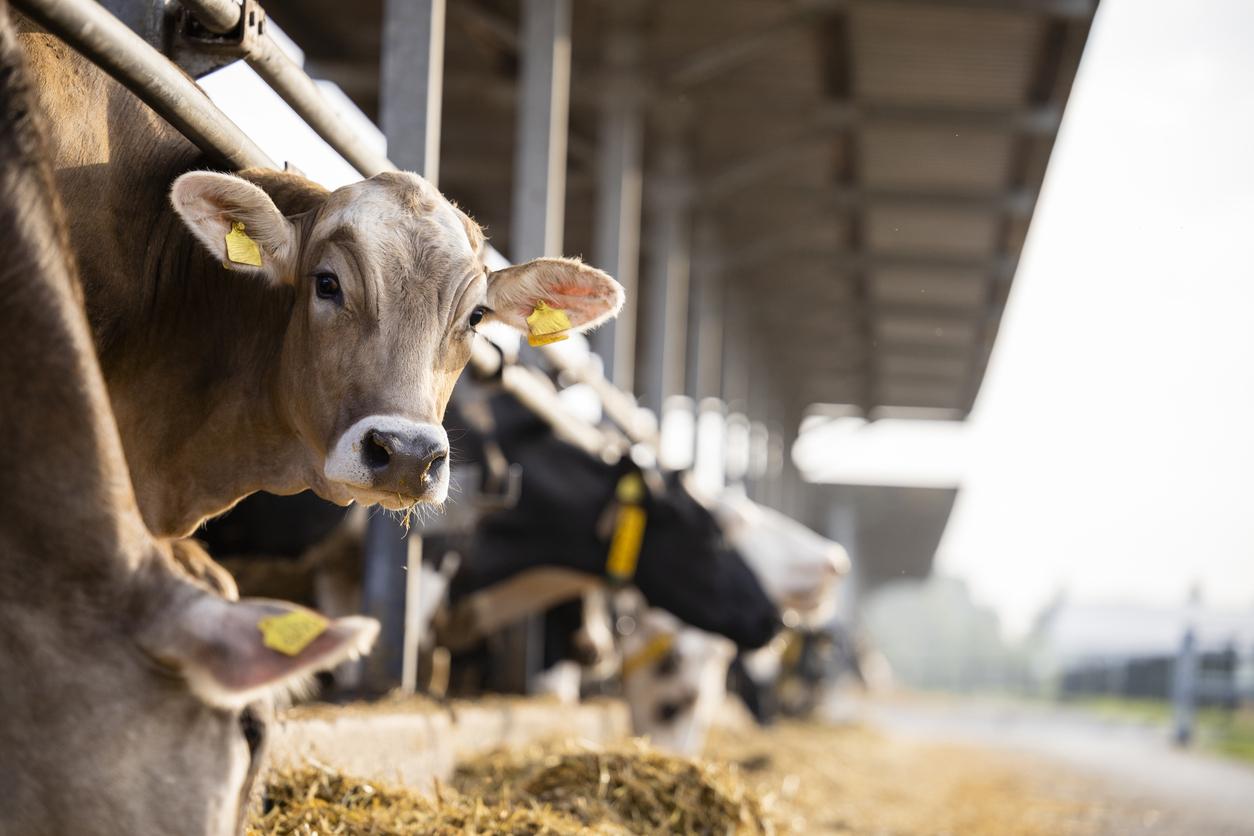MAINTENANCE. France is embarking on the mass slaughter of ducks to fight against avian flu. A drastic measure that could be repeated in the years to come.

While the South West of France has identified 89 outbreaks of highly pathogenic avian influenza H5N8, a massive culling campaign has been implemented. From this Thursday, January 5 and until January 20, nearly a million ducks raised in 150 municipalities of Gers, Landes and Hautes-Pyrénées will be killed to stop the spread of the virus. A radical measure which illustrates the aggressiveness of this epizootic.
A situation that France had never before been confronted with, notes Jeanne Brugère-Picoux, honorary professor of the National Veterinary School of Alfort interviewed by Why actor.
Despite protective measures, the epidemic is spreading at lightning speed. Why ?
Jeanne Brugere-Picoux : First, because the virus currently circulating is extremely pathogenic, and France was not used to dealing with such a contagious disease. The country had never been confronted with avian plague since the discovery of the virus in the 1950s. So we have been lucky so far. But since the 2015 epizootic, we know that our farms are not immune and that the risk is increasing. A similar situation across the continent.
This H5N8 epizootic broke out in December 2016 in the Tarn while the first outbreaks in Europe were reported in October in Germany. But a new thing, it affects the ducks. Usually, they are not susceptible to these viruses, they are asymptomatic carriers. We have never had such a pathogenic virus for ducks, they die in just a few hours.
Jeanne Brugère-Picoux, honorary professor of the National Veterinary School of Alfort: ” The crawl space ended. We were one day away from being declared free and being able to re-export … “
This is one of the reasons why a million ducks will be slaughtered.
Jeanne Brugere-Picoux : In 150 municipalities at risk, all the ducks will be killed in an attempt to stop the progression of the virus. The authorities have decided to resort to it because the epizootic has not stabilized and its spread threatens large duck farms, and among them breeders’ farms. Losing them would be dramatic.
This drastic measure is very serious and goes beyond the usual eradication measures. This will also prevent there being asymptomatic carrier animals that could transmit the virus.
These episodes are recurrent. How to warn the next ones?
Jeanne Brugere-Picoux : Last year the biosecurity measures were effective. But this year we may wonder whether we have sufficiently controlled the movement of people and animals when we are witnessing such an outbreak. One might think that the measures were not strictly applied.
At the same time, it should be remembered that the virus can be transmitted by migratory birds. The spread of the H5N8 virus would also be the consequence of contamination by these wild animals. And there it is much more difficult to prevent because we cannot eliminate them. We cannot eliminate the outdoor courses for the ducks either. Then it would be possible to restrict these routes during risky periods or frighten wild birds with scarers.

.
















